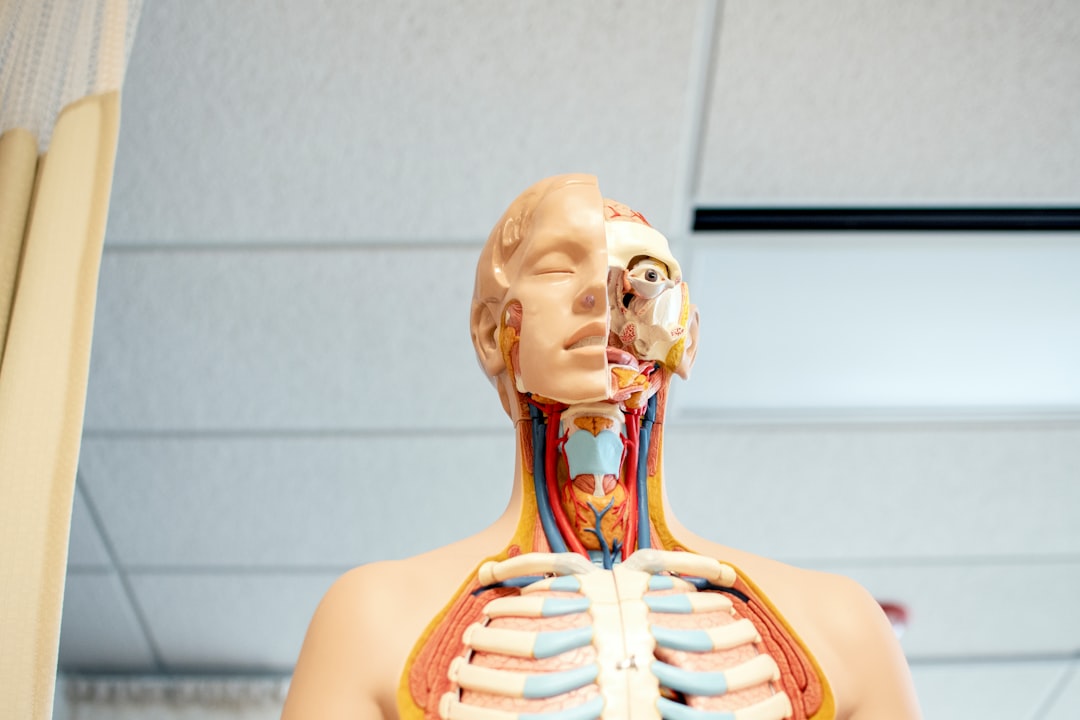The term onychoid is not commonly used in everyday language, but it holds significance in specific fields, particularly in medical and morphological discussions. It is derived from the Greek word onyx, meaning “nail” or “claw,” and is often used to describe structures resembling a nail, claw, or talon in appearance or function.
Understanding the Meaning of Onychoid
In medical terminology, onychoid refers to anything that has the form, characteristics, or appearance of a nail. This term is typically used in dermatology and anatomy when describing abnormalities, shapes, or structures that resemble human or animal nails.
While the term is not frequently encountered in everyday medical practice, it remains relevant in the classification of certain conditions and descriptions in medical literature. Onychoid characteristics can be found in various disorders affecting the nails or even in the descriptions of certain biological structures in different species.
Medical and Anatomical Relevance
The usage of onychoid is primarily seen in fields related to human biology, veterinary medicine, and anatomical studies. Some of the key contexts where this term might be relevant include:
- Nail Abnormalities: Certain dermatological conditions may cause nails to develop an onychoid appearance, such as thickened, misshapen, or claw-like growths.
- Congenital Disorders: Some syndromes affect the formation of nails and appendages, leading to onychoid features in patients.
- Animal Morphology: In zoology, some species exhibit onychoid traits, particularly in the development of claws, hooves, or talons used for survival and defense.

Common Conditions That Exhibit Onychoid Features
Several conditions in dermatology and general medicine involve onychoid characteristics. Some of the most recognized conditions include:
1. Onychogryphosis
Also known as “ram’s horn nails,” this condition causes thickened and abnormally curved nails, often resulting in an onychoid appearance. It is common in elderly individuals, people with circulation issues, and those who wear improper footwear.
2. Psoriatic Nail Disease
Psoriasis affecting the nails can result in significant deformities, making them resemble claws or talons. Onychoid characteristics emerge as ridging, discoloration, and thickening.
3. Claw-Like Deformities in Certain Genetic Disorders
Some genetic conditions result in the formation of malformed nails or digits that take on an onychoid appearance, affecting both function and aesthetics.

Onychoid Structures in Nature
Beyond the human body, onychoid traits can be observed in other parts of the biological world. Many animals have structures that fit the definition:
- Birds of Prey: Eagles, hawks, and owls have sharp, curved claws known as talons, which exhibit an onychoid shape designed for capturing prey.
- Reptiles and Mammals: Certain reptiles, such as lizards and turtles, grow onychoid appendages for survival. Similarly, some mammals, like felines, have retractable claws that closely match this description.

Conclusion
Although the term onychoid is not commonly used in daily medical conversations, it remains an essential descriptor in dermatology, anatomy, and zoology. Referring to structures or conditions that resemble a nail or claw, onychoid features can be seen in human nail disorders as well as in various species in nature.
Understanding this term allows medical professionals, researchers, and biologists to describe specific conditions and traits with precision. While it may not be widely recognized, its relevance persists in specialized contexts, making it an interesting and useful concept.

